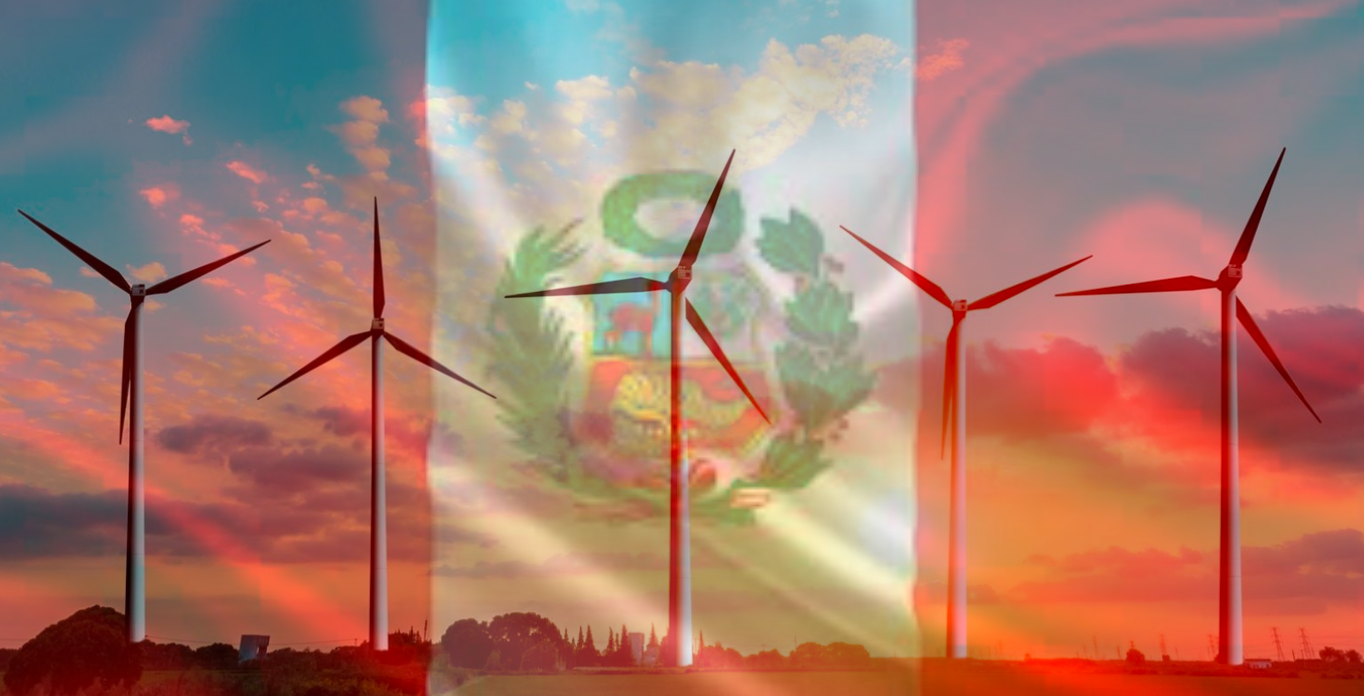RIO DE JANEIRO, BRAZIL – Eduardo Herrera, general manager of Compañía Eléctrica El Platanal S.A. (Celepsa), explains that in recent years there have not been essential investments to guarantee energy in the short term due to the distortion that existed in the Peruvian electricity market until 2020.
This situation was due to the entry of natural gas thermoelectric plants -which produce 55% of the energy in the country-, but that could be stopped with a ruling of the Supreme Court.
“Today, there is already the possibility of making investments, but a project takes up to three years to obtain permits. Suppose the government does not provide the conditions to encourage investment in renewables because it is easier to set up the project. In that case, it is possible that in the winter of 2026, when there is no water for hydroelectric plants (which produce 40% of the energy), we will have a shortage,” he told Gestión Peru newspaper.
Read also: Check out our coverage on Peru
Faced with this, Celepsa not only plans to start in the first quarter of 2023 the construction of its first solar power plant in Arequipa, which will double the size of its operations, and which will take 24 months to finish.
But it has also included in its growth plan the acquisition of projects in the process of development to complement them and, thus, “gain time to reach a successful conclusion before their permits are canceled”, he said.

According to the updated Transmission Plan of the Economic Operation Committee of the National Interconnected System (COES), the entry of more than 60 projects (committed and projected) of renewable energies between 2022 and 2032, equivalent to more than 8,000 megawatts (MW), which would be developed in Ica, Piura, Arequipa, Chiclayo, and Cajamarca, is foreseen.
However, according to Herrera, very few will be realized if the regulations are not improved. “The environmental permit, believe it or not, is the one that takes the longest,” he noted.
EXPANDING THE PORTFOLIO
But Celepsa would not be the only company to expand its non-conventional renewable energy production portfolio. Some classic companies in the hydrocarbons sector, such as Hunt Oil, have also shown interest in switching to renewable energies in Peru.
This was reported by Paola Sarria, executive of the Peruvian Association of Renewable Energies. Engie would be another of the companies since, at the end of 2021, it obtained the transit permit and easement rights for the Punta Lomitas wind power project in Ica.
The thermoelectric generator Fénix Power Perú also accelerated its transition to renewable energy projects. In October 2021, it was granted the concession for the feasibility studies for a wind power plant in Ica. Statkraft S.A. is another company interested in expanding its portfolio.
According to Sarria, this year, the number of members of the Association is expected to grow by more than 30%, reflecting the desire of more companies to promote the development of renewable energy in the country.
Not all of them would be companies already operating in the country -including mining companies-, but there are foreign companies interested in joining.
“The new companies could come from France, Spain, and Italy, as well as Asia. Among them is EDF Renovables, which is French, and which only last year opened an office in the country. The manufacturer Acciona Energía, which has also started developing renewable energy projects. There is also Atlas Energías which operates in Chile; they are observing the Peruvian market waiting for regulatory changes to be approved to enter”, she said.
Sarria mentioned that the state-owned company Petroperu joined the Association last year to develop renewable projects, which will continue despite its return to oil production in Block 1.
FACT
– Peru would have an installed capacity of 14,000 MWh, of which 55% is thermoelectric energy, 40% hydroelectric, and 5% renewable.
With information from Gestion

